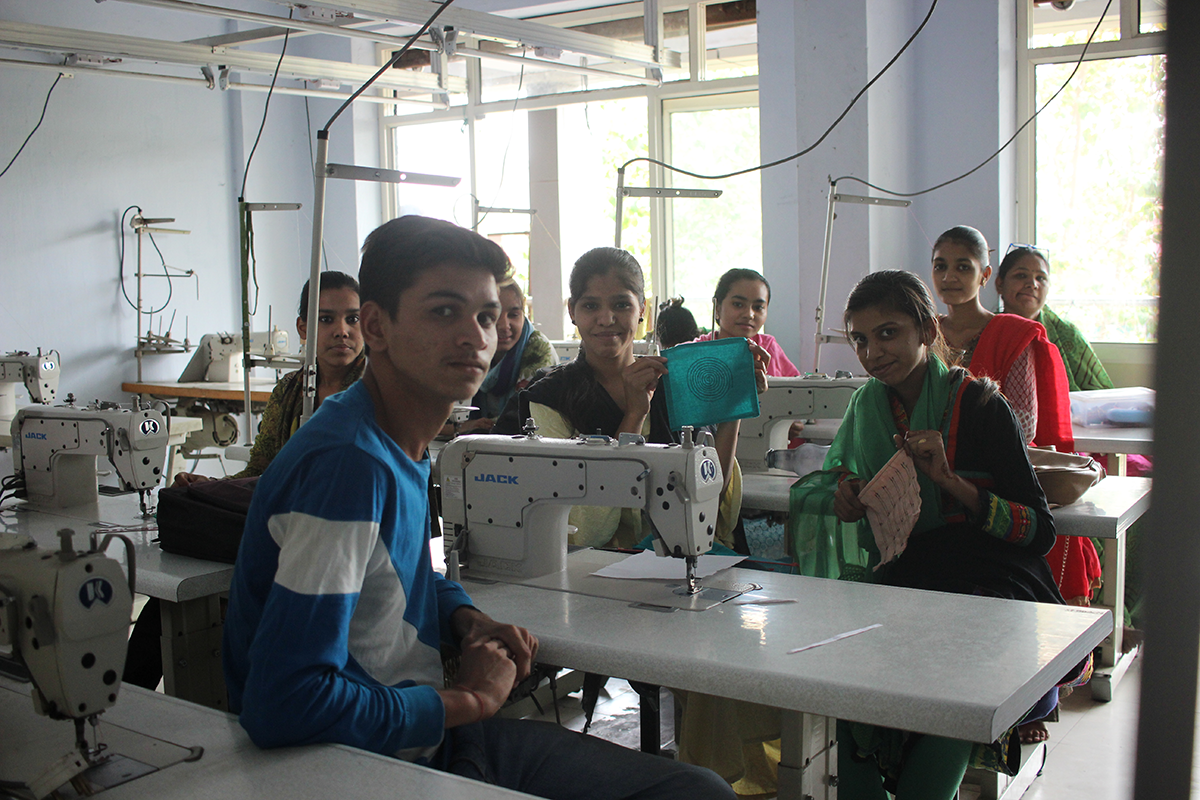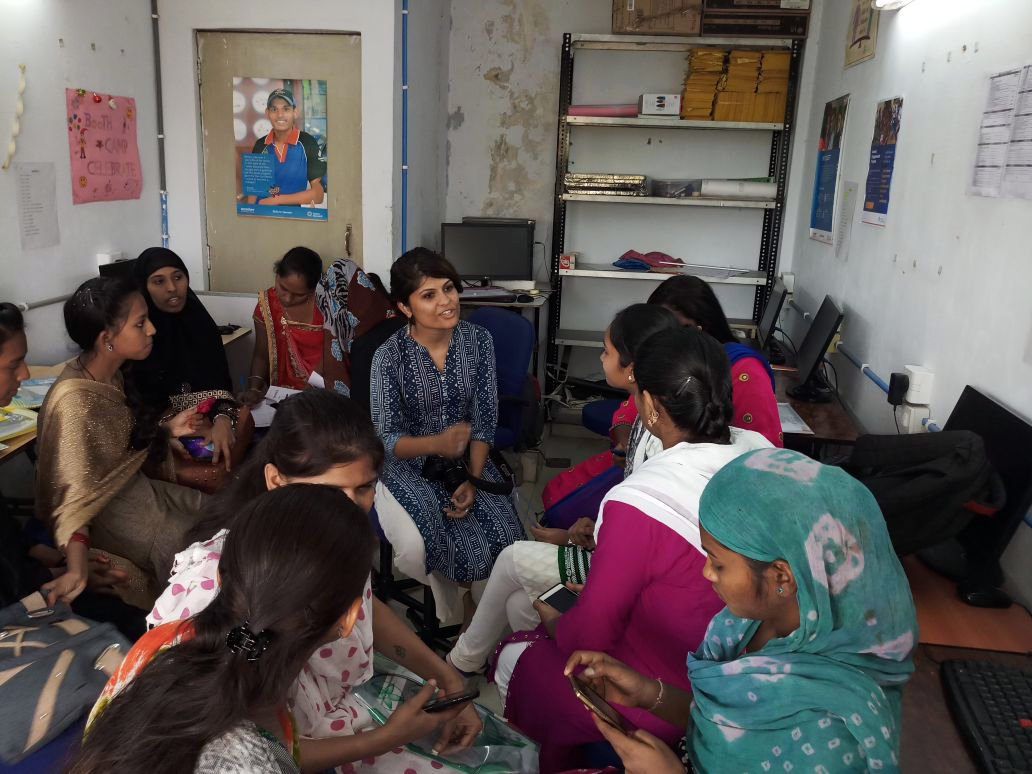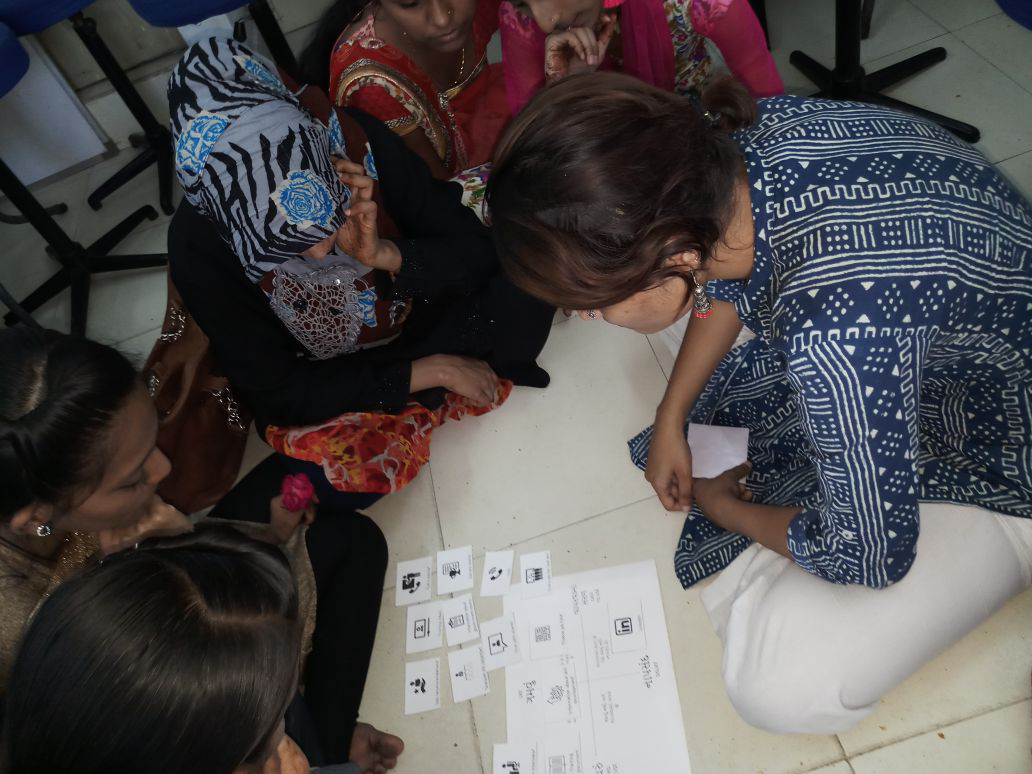Quest Alliance: Alumni Engagement and Support with the Skills to Succeed Team
Context
Quest Alliance is a not-for-profit trust that equips young people with 21st century skills by enabling self-learning. They work across the spectrum of stakeholders from learners and their families to teachers and institutions, to plug gaps in the education and learning ecosystem. We were approached by Quest Alliance in November, 2017 to work with the 'Skills to Succeed' team to help them design and pilot a system for alumni engagement.
The 'Skills to Succeed' Program is part of MyQuest, a program with Quest Alliance which looks at supporting youth in their journey to find reliable and better paying jobs. They work with youth between the ages of 16 to about 25. These youth are looking to get jobs that are in the formal sector and can help them earn steady incomes with a path of progress. Quest works with NGO partners and ITIs to execute 2 - 4 month programs across the country that use a blended learning approach. In these part time courses the learners go through a number of 'learning materials', workshops, activities and trainings. At the end of the program (as of 2017) Quest would help get their learners placed with employers in the region.
They needed our support to help them find scalable, preferably digital methods, to keep engaged with alumni from these programs so that they could continue supporting them and understanding in a more granular way what the journeys for these youth are.

The Objective
The objective of this project was to:
1// design and pilot a system of multiple touchpoints to engage with and support alumni after they graduate from their learning centres.
2// evaluate and document the process of designing, contextualisation and iteration of a scalable service offering that can became a part of a larger ecosystem.
What we Did
We divided our process into three phases. First we wanted to understand the ecosystem and design a plan for alumni engagement through field research and collaboration with the team and other stakeholders. In the second phase, we would run the pilot in selected centers and do action research. Finally we would synthesize our learnings, and try to create a toolkit or guide underlining the principles and processes for the creation of an alumni engagement system in different contexts.
Phase I
In the first phase, we studied the current data available with the organisation through previous work done in this area. Based on this study, we did a co-creation workshop with the team and the implementation partners to understand their experience and expectations from alumni engagement. This helped us formulate a clear hypothesis of what the engagement model for the pilot can be, and doubts that need to be addressed through the primary research and the pilot.
Then we went out into the field in Gujarat for a quick dip into the context of the users. After our visit, we were able to create user personas, pathways and insights about the the stakeholders and the ecosystem based on which we created a plan for the alumni engagement pilot in Gujarat. This was a prototype of the Alumni Engagement System and depended heavily on touchpoints and systems such as trainers, meetups at centers, peers, WhatsApp, etc. The idea was to create different pathways for different personas and to support, propagate and incentivise the use of other pathways through them. We also started to define the localised content that needed to be created.


Phase II
The pilot was rolled out in about 8 centers in Gujarat. The training personnel of the partner NGO, were equipped with tools and knowledge based on the findings from user and stakeholder immersion to help alumni/students. The media implementation partner started creating localized content in the form of posters, support videos and other media.
We continued to do research with the stakeholders while the plan was in execution to understand each stakeholder’s engagement with the different elements of the program. This research was done with the aim of making the system more effective. We oversaw the interactions on the communication channels, the reception of localised media shared with them and spoke to the trainers and alumni to understand their experiences and engaged with the system to understand its merits and flaws. We began lean experiments to draw conclusions on whether certain methods or content types were working. Iterations were made to various aspects of the touch-points to increase engagement for alumni.
Towards the latter parts of the pilot we then worked with Quest’s M&E team to develop and execute metrics for evaluation and monitoring of such a system to gauge the effects of the system.

Phase III
What we had set-out to do was to create a digital ecosystem for Alumni Engagement. Through research we understood that we could not rely on digital mediums alone and would need a more textured engagement.
We created strategies for alumni engagement which included recommendations about scope, duration, channels to use for engagement, long-term content generation strategies, metrics for evaluation of the results, contracts with implementation partners to run such a program, based on our learnings and insights from the pilot. These guiding documents were handed over to the team in a workshop in which we ran them through the documents and the processes.

The Outcome
At the end, what we gave to Quest Alliance was a framework along with building blocks for designing an Alumni Engagement Ecosystem. The effort with the handover documents was to create a type of 'wiki' of documents. So rather than a single report, and a handful of annexure documents, we created over 15 shorter documents, frameworks, formats etc wherein a team member could come to the executive summary with a question or problem in mind, and be guided through links towards concrete starting points for taking action, aiding the process of converting design thinking project outcomes to actual implementation.
The framework itself was quite different from our initial assumptions, especially since we made a pitch to change the fundamental structure of the program. Instead of thinking of it as one 3 month long digital platform based program, we made it a program with 2 parts with different touchpoints; A 3 month high-touch, blended learning program that would make Alumni Support a part of the student’s ecosystem and another 6 month long low-touch activity dependent mostly on the proposed channels. The 3 month plan would get Alumni Support to be a seamless part of the students’ education and the 6 month plan would then build on that and help the alumni and trainers support each other without having to invest much time and energy into it.
Building blocks of these systems and strategies included channels such as social media and a job app responding to the ecosystem, an alumni engagement officer to anchor the whole program, mentor alumni, content for engagement, physical meetups, etc.
Update:About a year and a half later we had a call with the Quest Alliance design and experience team, who are now using these materials to action some of our recommendations and frameworks.